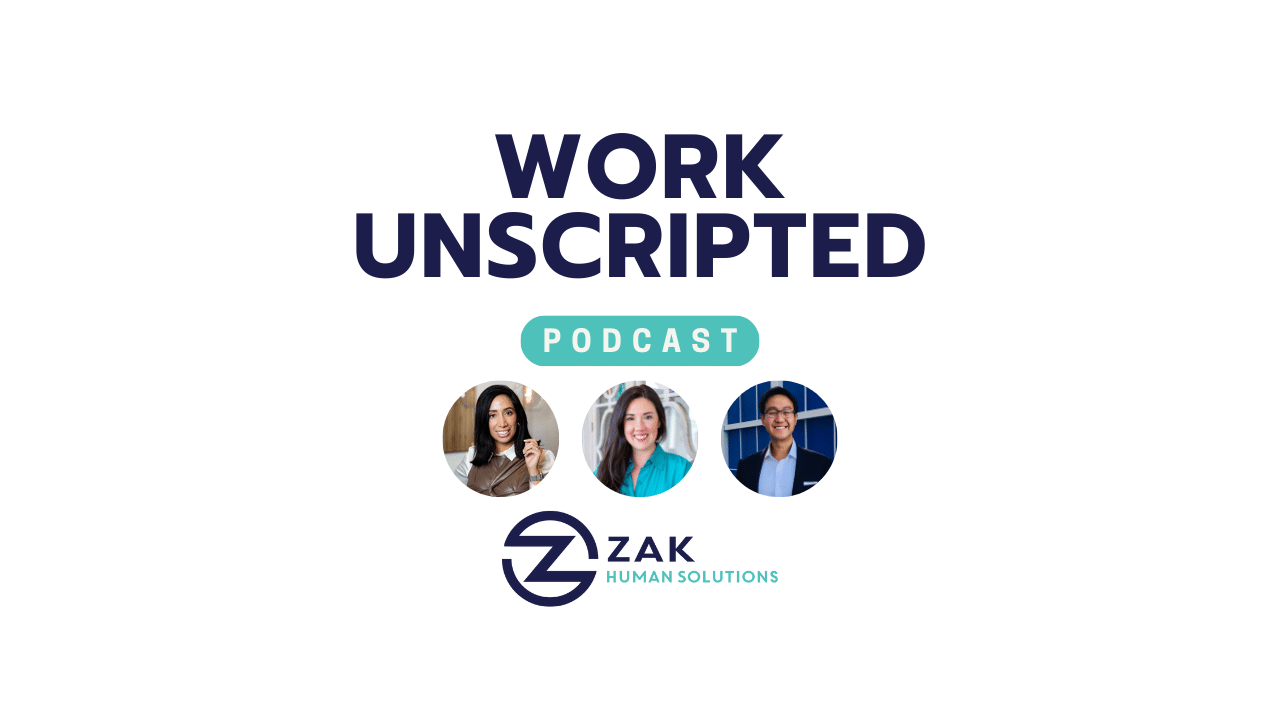At Zak Human Solutions, we believe the conversation around people, culture, and the future of work should be ongoing, honest, and accessible. That’s why we’re excited to introduce our new podcast, Work Unscripted—a space where we explore leadership, workplace culture, and the evolving role of HR in today’s world.
Gen Z Embraces Overlooked Careers for Six-Figure Success
In the realm of professions tagged as “boring” or “mundane,” accounting has long stood in the shadows of its flashier counterparts. However, the tides are turning, and it’s Generation Z leading the charge. In a surprising yet strategic move, Gen Z is stepping up to fill the void left by retiring boomer accountants, recognizing the potential for lucrative careers in this essential industry. This blog post delves into the motivations, experiences, and evolving perceptions fueling this generational shift and explores the significant role played by educational programs such as the Volunteer Income Tax Assistance (VITA) program.
The Pros and Cons of Merging CHRO and CTO Responsibilities
In today’s rapidly evolving business environment, the integration of Artificial Intelligence (AI) into various functions is imperative. Companies now face a dilemma: should they merge their Chief Human Resources Officer (CHRO) and Chief Technology Officer (CTO) roles to streamline operations and leverage AI more effectively? While this idea holds some appeal, evidence suggests a focus on collaboration and clear strategy yields better results than merging roles. Let’s delve into why the integration of HR and tech roles might not be the optimal path and explore strategic alternatives for effective AI implementation.
Leadership In The Era Of Complexity: Why Actions Speak Louder Than Words
Effective leadership in today’s complex work environments requires a shift from traditional storytelling to sending intentional signals through daily actions. As organizations become more dynamic and multi-faceted, leaders must adapt their approach to foster trust, align signals with messages, and truly embody their core values.
Navigating the New Era of Job Hugging: Understanding the Current U.S. Job Market
In recent years, the U.S. job market has undergone significant shifts, leading to emerging trends such as “job hugging” that are reshaping the workforce landscape. With hiring processes stalled and economic uncertainties looming, many workers find themselves clinging to their current positions not by choice but out of necessity. This blog post delves into the phenomenon of job hugging, providing valuable insights into its implications on both personal career trajectories and the broader job market dynamics.
Debunking Common HR Myths: Enhancing Employee Experience and Workplace Harmony
Human Resources (HR) departments often find themselves at the center of organizational dynamics, yet they are frequently misunderstood. The myths surrounding HR can be detrimental not only to employees but also to the efficacy of workplace operations. This blog post aims to clarify these misconceptions and offer guidance on how to effectively engage with HR for a more harmonious work environment.
Harnessing Employee Feedback to Enhance Retention: Essential Strategies for HR Leaders
In today’s competitive job market, retaining talent is as crucial as acquiring it. Human Resource leaders are increasingly relying on innovative methods to decode employee feedback and transform insights into actionable strategies. This blog post delves into the importance of reflective listening, the role of exit interviews, and the power of continuous feedback loops in creating a responsive and engaging workplace culture.
Why HR Leaders Need a Deeper Understanding of Agentic AI
In the ever-evolving landscape of Artificial Intelligence (AI), a new transformative technology is making waves in Human Resources (HR): Agentic AI. This groundbreaking tech not only autonomously understands goals and manages workflows but also redefines HR’s strategic role, elevating systems from mere tools to essential digital teammates. Let’s delve into the workings of agentic AI, its requirements, and its potential to revolutionize HR functions.
The Transformative Power of Workplace Culture on Employee Satisfaction and Organizational Success
In today’s ever-evolving business world, the importance of workplace culture is more pronounced than ever. From driving organizational performance to bolstering employee morale and retention, an organization’s climate plays a pivotal role. A recent systematic review underscores this, revealing significant correlations between organizational culture and job satisfaction across multiple sectors, including education and healthcare.
Embracing Stability: The Implications of “Job Hugging” and “The Great Stay” for Modern Businesses
In recent years, the employment landscape has seen a significant shift. In stark contrast to the phenomenon known as “The Great Resignation,” a new trend called “job hugging” has taken center stage. Employees are now choosing stability over the uncertainty of job switching, marking a period dubbed “The Great Stay.” This blog post explores the implications of these trends for businesses, offering insights into how leaders can navigate this new employment paradigm.










